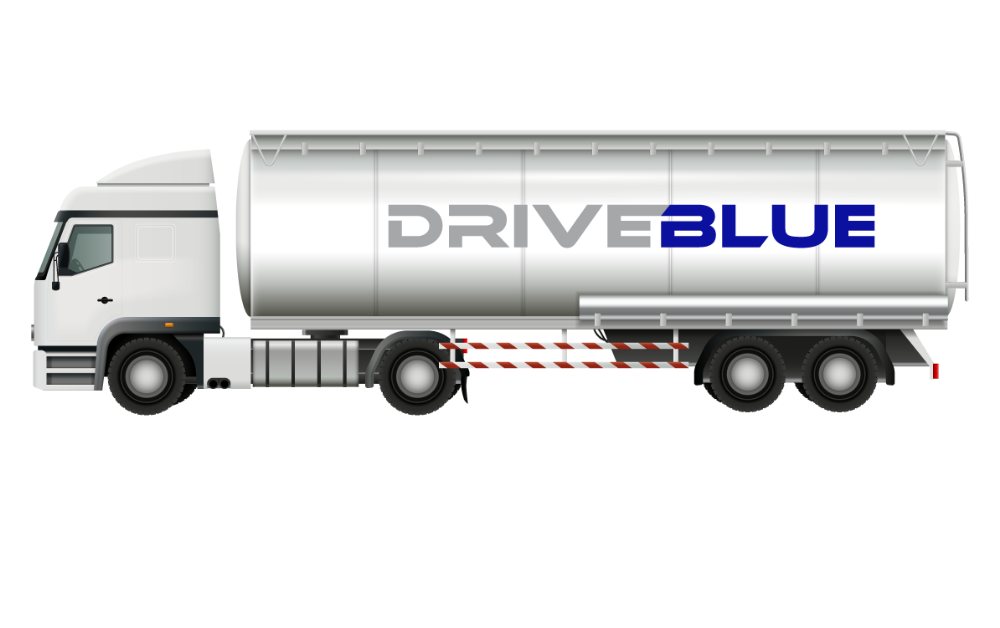In today’s environmentally conscious world, blue additive—commonly known as Diesel Exhaust Fluid (DEF) or AdBlue—is a critical component in the operation of modern diesel engines. Used in vehicles equipped with Selective Catalytic Reduction (SCR) systems, blue additive helps convert harmful nitrogen oxides (NOx) into harmless nitrogen and water vapor. This reduces emissions and ensures compliance with global environmental regulations like Euro 6 and BS-VI.
However, with the rise in demand for DEF, the market has unfortunately seen a surge in counterfeit or contaminated blue additive products. These substandard additives not only harm your vehicle but also pose legal, financial, and environmental risks. In this blog, we’ll explore the dangers of fake blue additive, how to identify genuine products, and what steps you can take to ensure you’re always using high-quality, safe, and effective solutions.

Why Is Blue Additive So Important?
Before we dive into the risks, it’s important to understand what blue additive actually does.
SCR-equipped diesel vehicles use blue additive to reduce nitrogen oxide (NOx) emissions. When sprayed into the exhaust system, the urea solution reacts with NOx gases to break them down into nitrogen and water. This chemical reaction is essential for meeting emissions standards and avoiding penalties or road-use bans in regions with strict environmental regulations.
Without high-quality blue additive, the SCR system can fail, leading to excessive emissions, engine malfunctions, and even complete vehicle shutdowns in some modern systems.
The Risks of Fake or Contaminated Blue Additive
1. Damage to the SCR System
Counterfeit or contaminated blue additive may contain incorrect urea concentrations, impurities, or harmful chemicals. These substances can clog or corrode the catalytic converter and sensors in the SCR system, leading to costly repairs or replacements.
2. Engine Performance Issues
Low-quality blue additive can disrupt the precise chemical reactions required to reduce NOx emissions. This results in poor fuel efficiency, increased exhaust smoke, and potential damage to other engine components.
3. Failure to Meet Emission Standards
Using adulterated blue additive can lead to failed emissions tests and non-compliance with legal requirements. Fleet owners and operators may face regulatory penalties or even bans from operating in certain areas.
4. Warranty and Insurance Voids
Manufacturers often specify that only certified blue additive should be used. If a problem arises due to the use of counterfeit or contaminated fluid, warranties or insurance claims may be denied.
How to Identify Genuine Blue Additive
Avoiding fake blue additive starts with being aware and cautious when purchasing and using the product. Here are key tips to ensure you’re using the real deal:
1. Look for Certification Labels
Always check if the product is certified under ISO 22241, the international standard for blue additive (AdBlue). This certification ensures that the product meets strict purity and concentration requirements.
2. Inspect the Packaging
Genuine blue additive comes in tamper-proof containers with secure seals and proper labeling. Check for:
- Batch numbers
- Manufacturing and expiry dates
- Manufacturer’s name and contact information
If the packaging looks suspicious, flimsy, or lacks proper branding, it’s best to avoid it.
3. Check the Source
Buy blue additive only from reputable suppliers, distributors, or fueling stations. Avoid roadside vendors or unknown online sellers offering unusually low prices. The short-term savings are not worth the long-term damage.
4. Verify Clarity and Smell
If you have already purchased the product and suspect its quality, do a basic check. Genuine blue additive is colorless, has no strong odor, and should not contain floating particles or sediment.
Best Practices to Avoid Contaminated Blue Additive
Even genuine products can become contaminated if not stored or handled properly. Follow these best practices:
1. Store in a Cool, Dry Place
Blue additive should be stored between -11°C and 30°C, away from direct sunlight and heat sources. High temperatures can degrade urea, while freezing can cause expansion and leakage.
2. Use Clean Equipment
When transferring blue additive from bulk containers, always use clean, dedicated dispensing equipment. Using fuel or water hoses can contaminate the fluid.
3. Seal Tightly After Use
Exposure to air can allow dust or other particles to mix with the blue additive, reducing its quality. Always reseal containers tightly after use.
4. Check Expiry Dates
Like any chemical solution, blue additive has a shelf life—usually about 12 months if stored properly. Using expired fluid can affect its effectiveness and harm your vehicle’s system.
Educating Drivers and Operators
If you manage a fleet, educating drivers and maintenance staff about the importance of blue additive quality is vital. Make it a part of routine training to recognize legitimate suppliers, follow safe storage procedures, and report suspicious products.
A small investment in training and awareness can save thousands in potential repair costs and compliance fines.

Conclusion: Trust Blue Middle East for Authentic Blue Additive Solutions
In a market flooded with low-quality alternatives, choosing a trusted supplier for your blue additive needs is more critical than ever. This is where Blue Middle East sets itself apart.
As a leading name in the DEF industry, Blue Middle East is committed to delivering only ISO-certified, premium-grade blue additive that meets international standards. With a strong distribution network, exceptional quality control, and a customer-first approach, Blue Middle East ensures you get the purity and performance your vehicles need—every time.
Whether you’re an individual diesel vehicle owner or a commercial fleet operator, trust Blue Middle East to provide safe, reliable, and effective blue additive that protects your engines and the environment alike.
